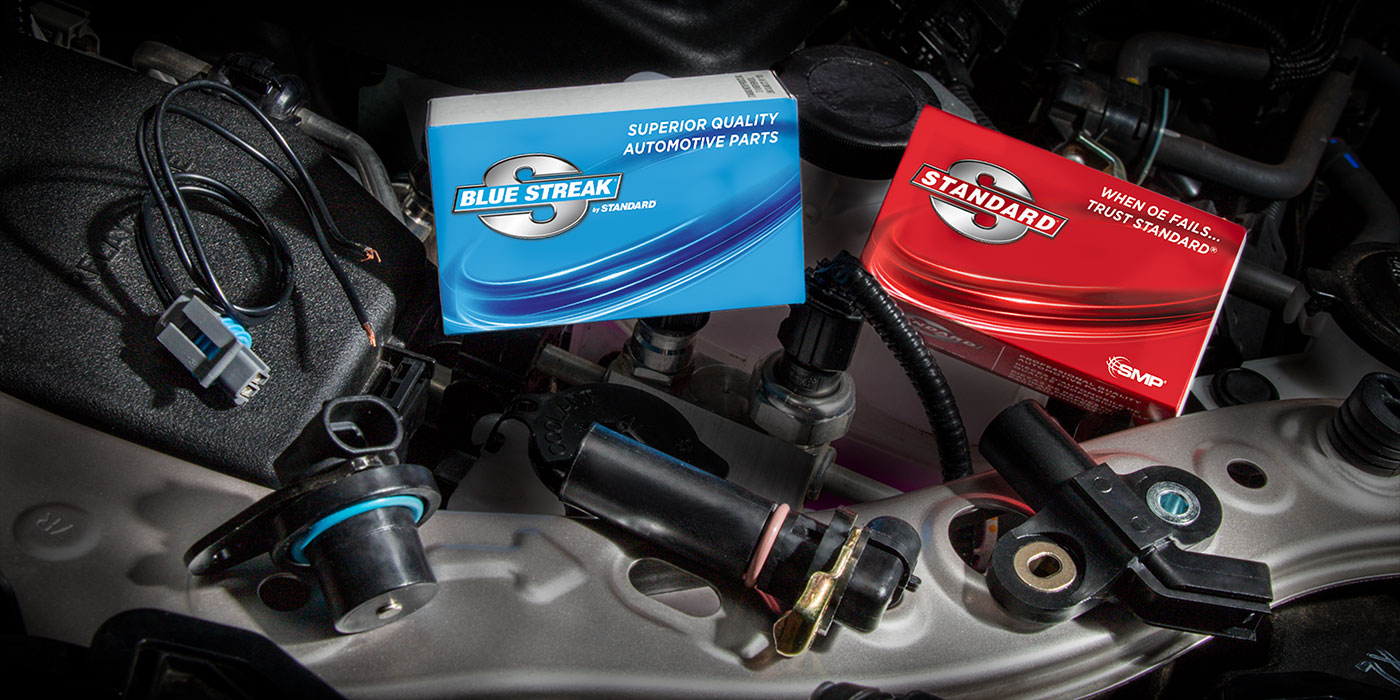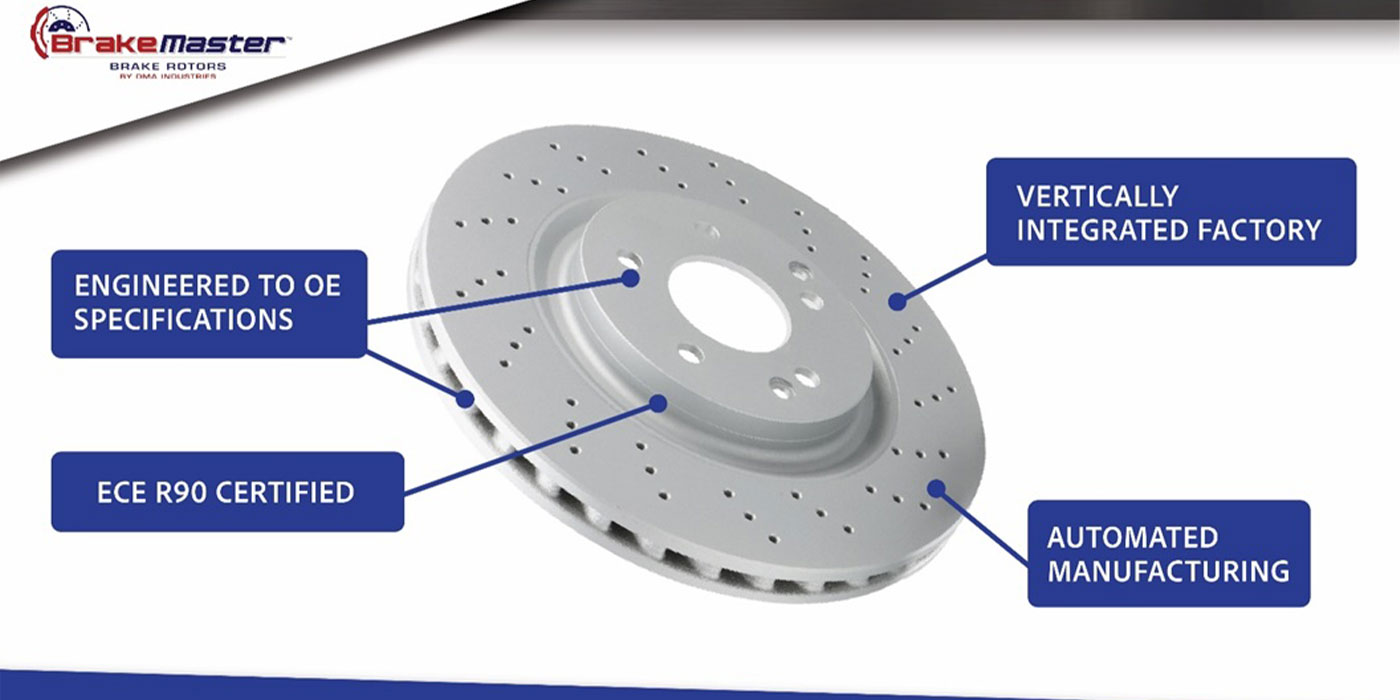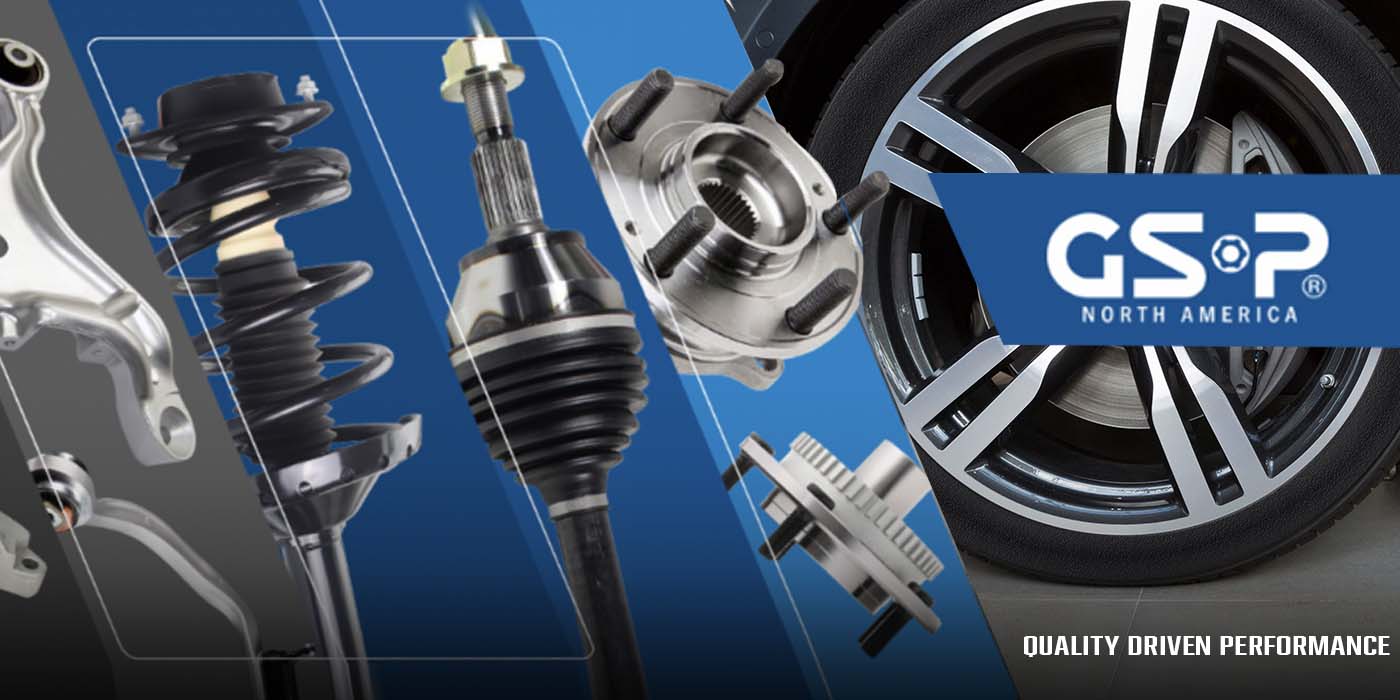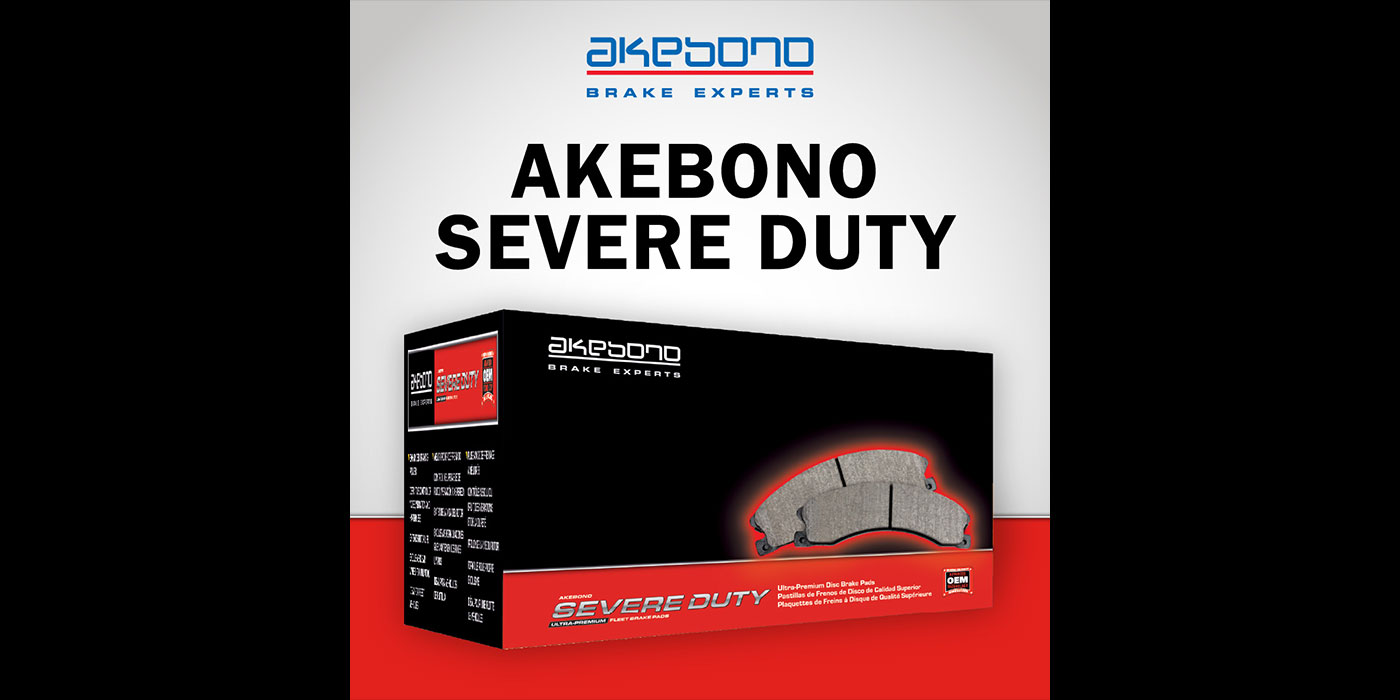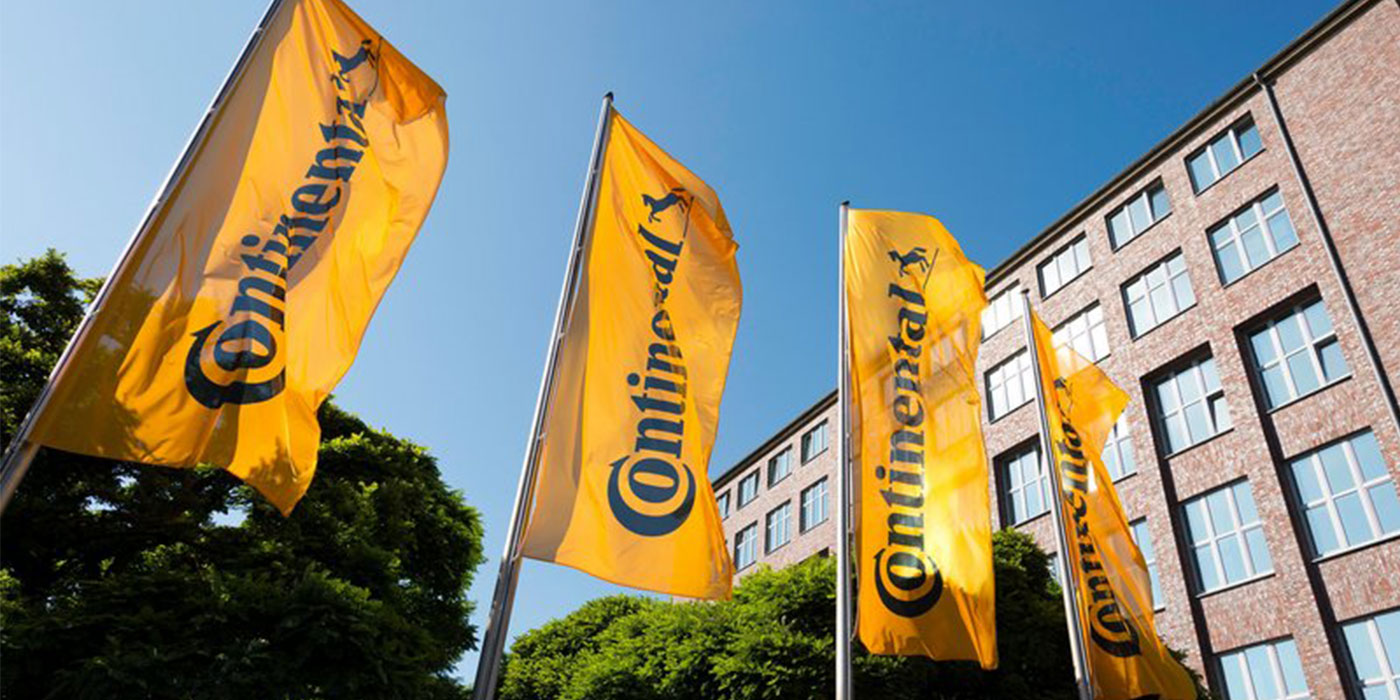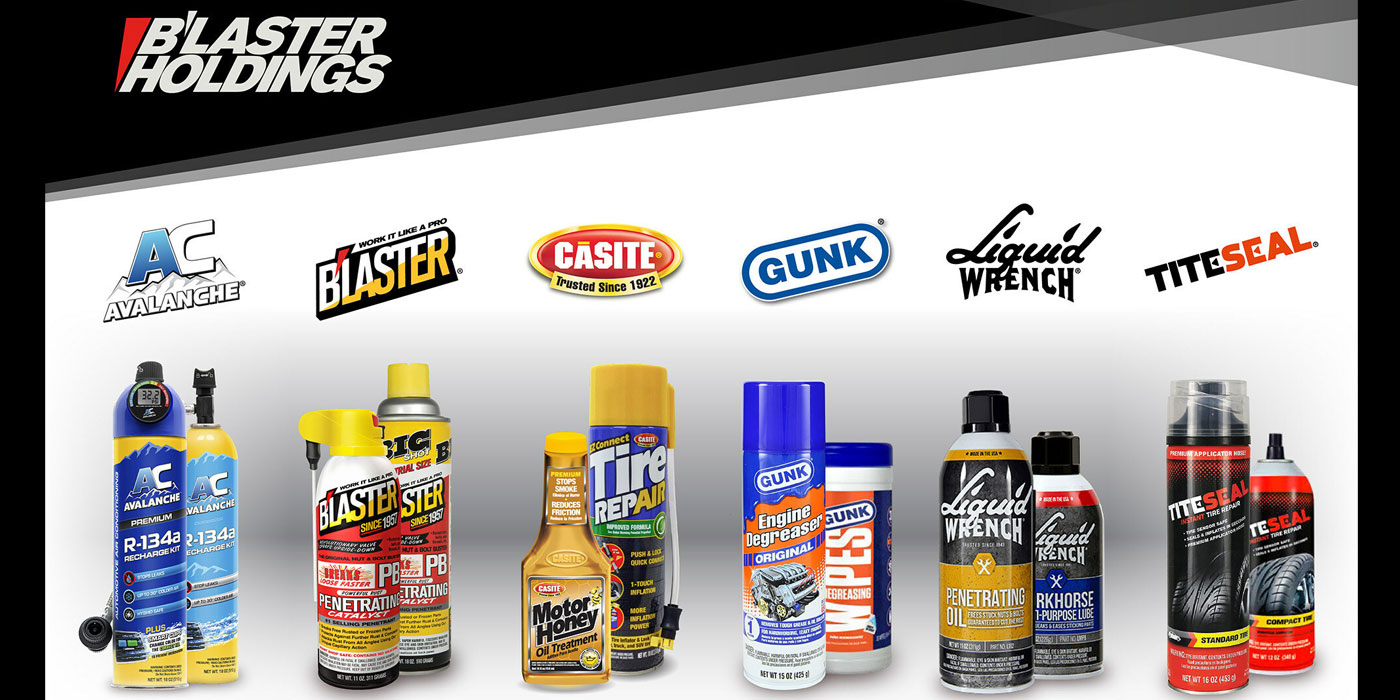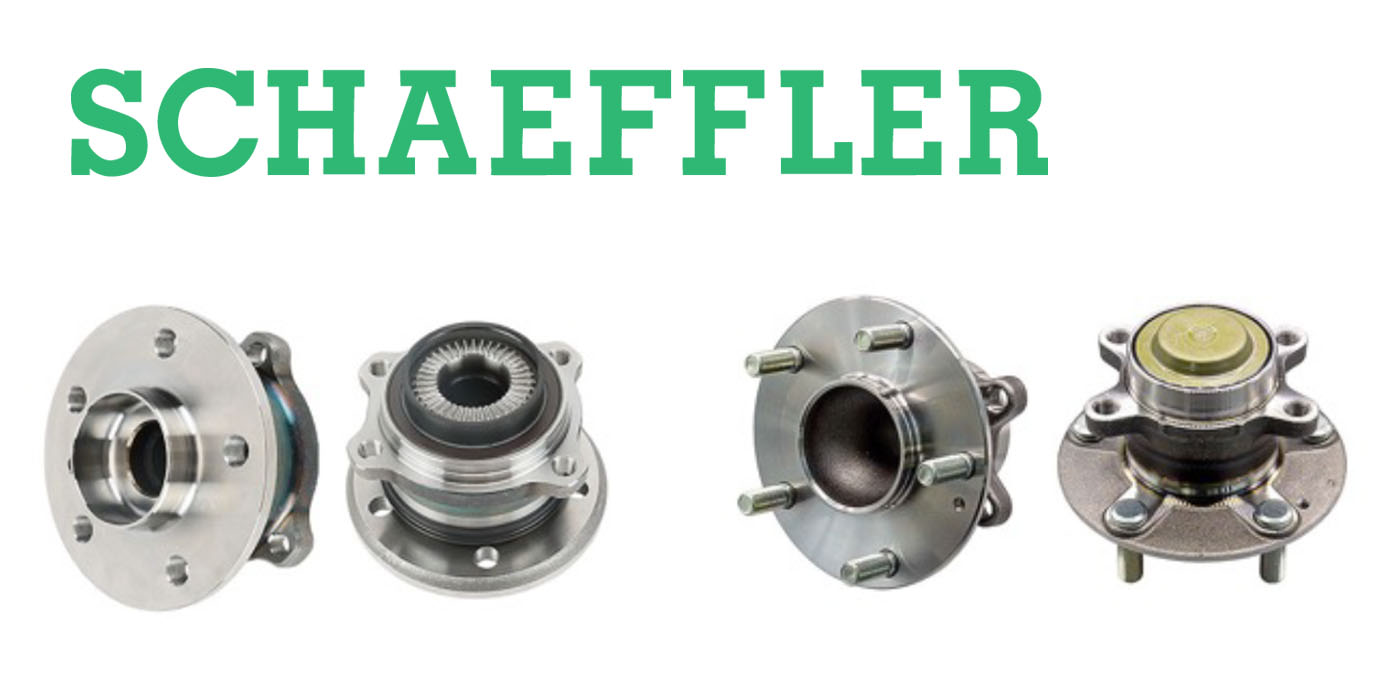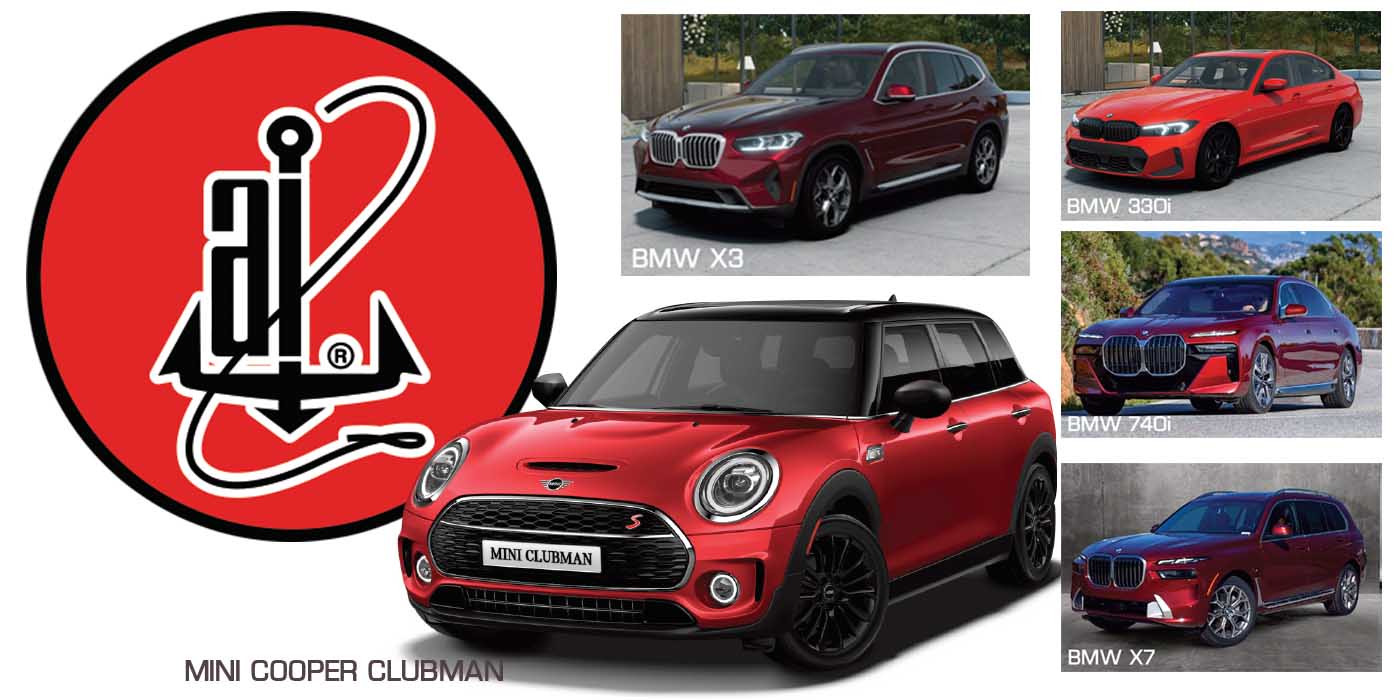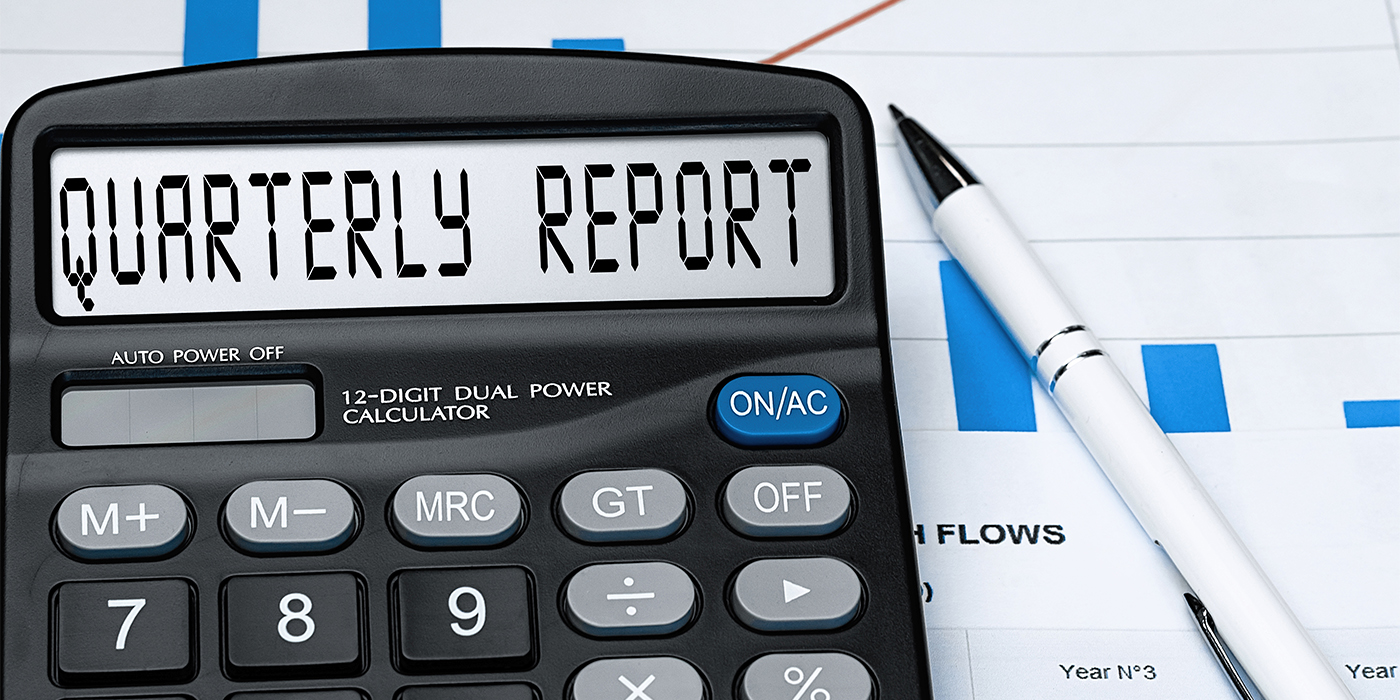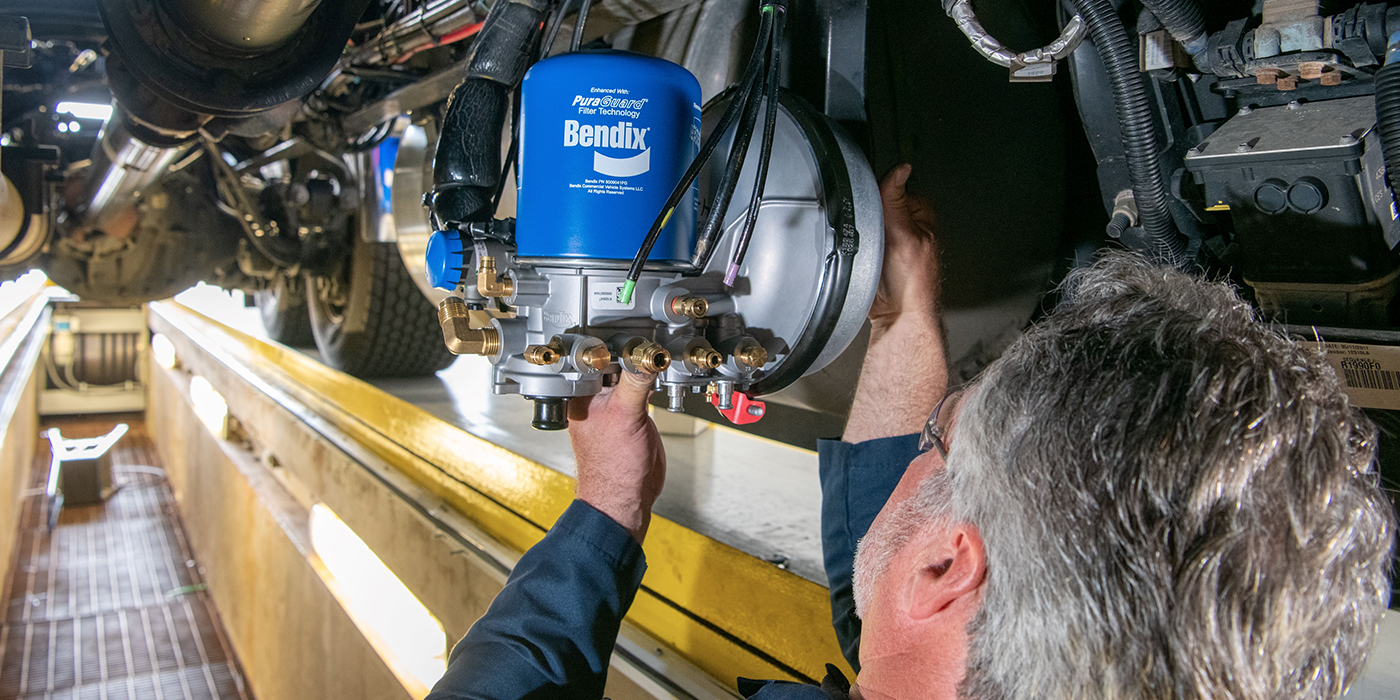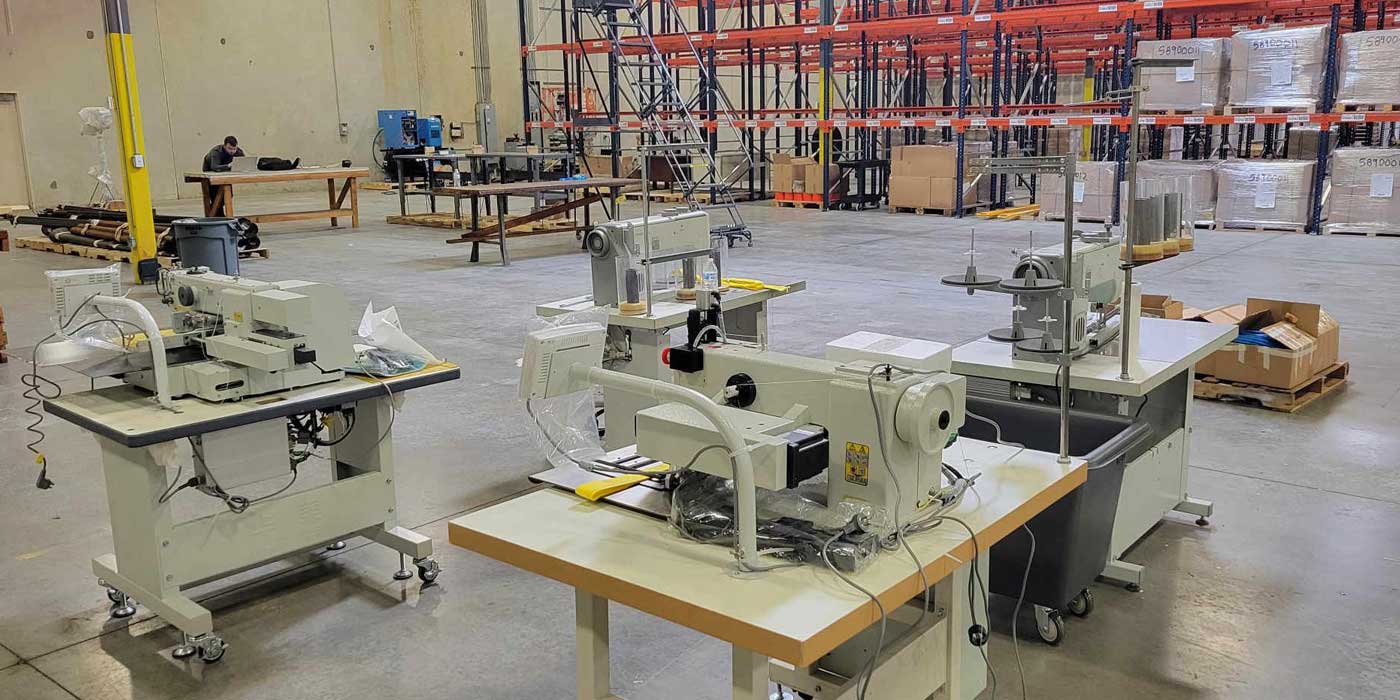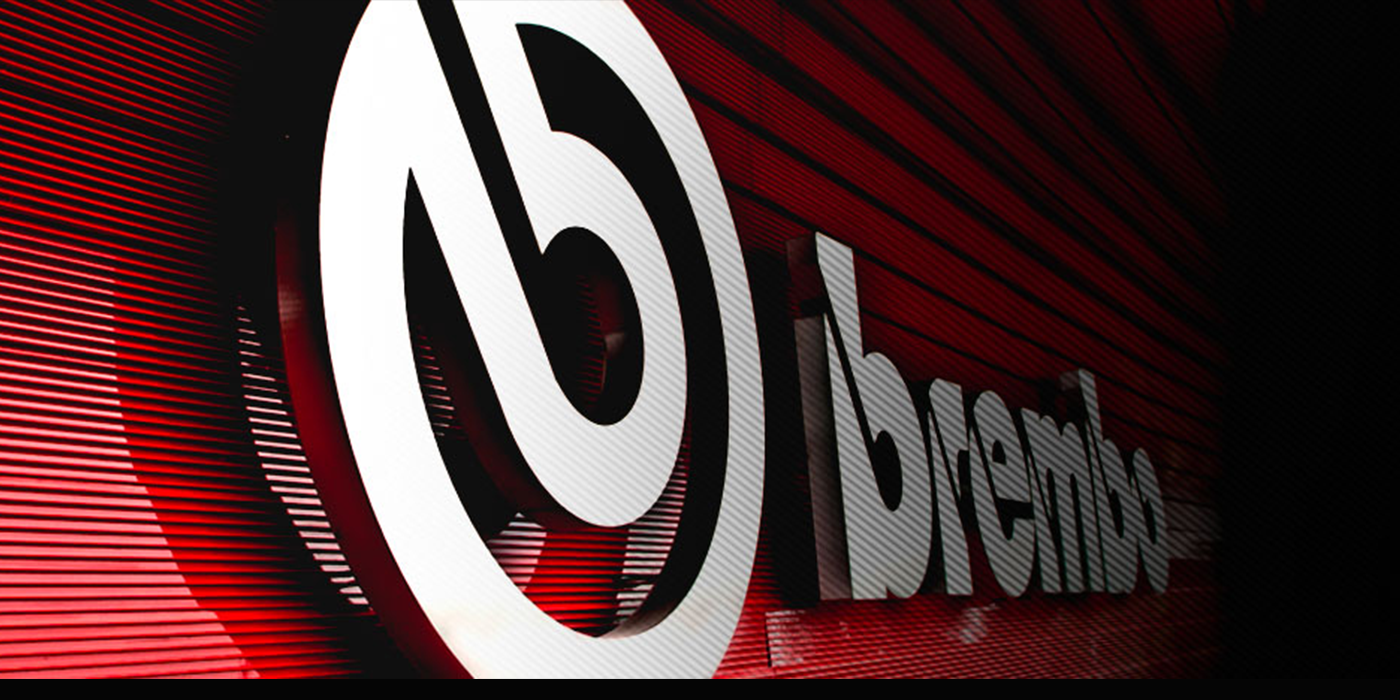All companies in the automotive industry these days are looking to lower their emissions – it’s not only good for the environment but also healthy for future generations. When the subject of emissions arises, you’ll often hear them spoken about in the Scope 1, 2 and 3 varieties. Addressing your company’s emissions goals can be filled with a lot of confusion: Where do I start? What do all of these acronyms mean? How do I implement a strategy?
A good starting point is to know the types of emissions you want to tackle. Scope 1, 2 and 3 is a way of categorizing the different kinds of carbon emissions a company creates in its own operations and in its wider value chain, according to Deloitte. The term first appeared in the Greenhouse Gas Protocol of 2001, which provides standards, guidance, tools and training for businesses and governments to measure and manage climate-warming emissions. These standards are the basis for many sustainability reports from large companies.
Let’s dig into what these scopes mean.
Scope 1
These are direct greenhouse (GHG) emissions that occur from sources controlled or owned by an organization. This could be emissions associated with fuel combustion in boilers, furnaces or vehicles. It also encompasses waste processing, such as emissions from landfills and treating wastewater, which releases greenhouse gases such as methane or nitrous oxide gas into the air, according to the EPA.
Scope 2
The EPA defines Scope 2 emissions as indirect GHG emissions associated with the purchase of electricity, steam, heat or cooling. Scope 2 emissions don’t physically occur at the facility where they are generated but are counted as part of an organization’s energy use. Think of these as indirect emissions a company creates by just “keeping the lights on,” says SustainLife, a sustainability consultant agency.
Scope 3
Here’s where it gets tricky. This category encompasses all the emissions associated up and down a company’s value chain—from when you buy a product from your suppliers to the customer’s use of it. The EPA refers to these as “value chain emissions,” and they often represent the majority of an organization’s total GHG emissions. The Greenhouse Gas Protocol defines 15 categories of Scope 3 emissions, some of which include transportation and distribution, capital goods, business travel, leased assets and the end-of-life treatment of sold products. To tackle these emissions, many companies are working with their supply chain partners to reduce their emissions, which in turn, will reduce the company’s own carbon footprint.
There’s More
This article just scratches the surface of what these standards mean. A few ways companies in the automotive aftermarket are lowering emissions are by using renewable energy resources, looking at the operations of their plants, evaluating their supplier networks and delving into end-of-life and recycling solutions for their products. This includes remanufacturing.
Other standards and protocols exist, and we encourage your company to delve into how it can make its operations more sustainable and environmentally friendly.
This content is presented by Motorcar Parts of America.


